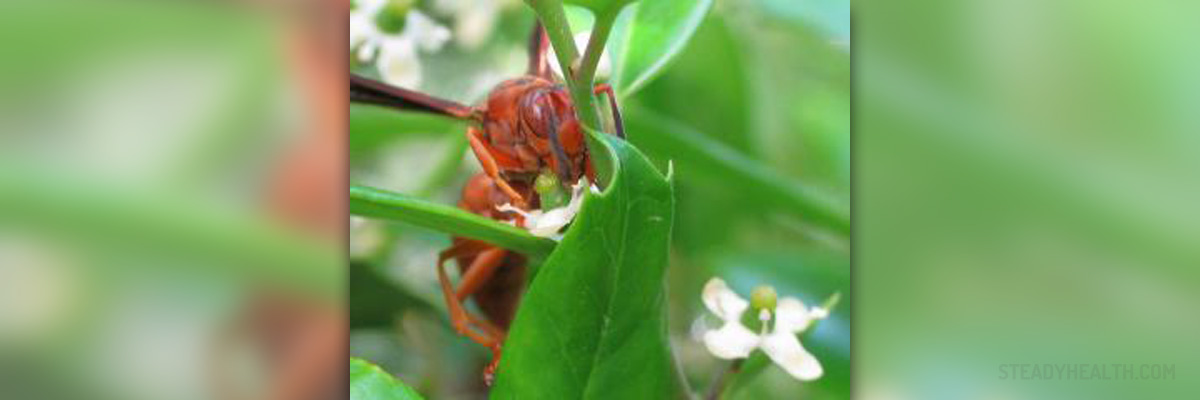
Wasp Stings: Painful and Potentially Dangerous
Those people who have experienced the unpleasant situation of being stung by a wasp know how painful and irritating this can be. Wasp stings can deliver a significant amount of pain, causing swelling and irritation around the troublesome spot. Also, being able to deliver multiple stings once they attack, since unlike bees they do not die once they sting, these insects make themselves even more dangerous than you may think. Highly territorial, it is enough for a person to get close to the wasp nest in order to get attacked. Bright or dark colors, or a perfume a person is wearing may also trigger the aggressive reaction of the red wasps.
Although, these sting wounds are easily treatable, with some people they have caused rashes and swellings of larger sizes. Finally, people who are allergic to red wasp stings may even develop severe breathing difficulties as well as itching rashes all over their body. Therefore, it is very important to know how to treat a red wasp sting in order to avoid any serious medical complications.
How To Treat a Red Wasp Sting
First of all, it is necessary to remove the stinger from the person's skin. This can be done with a dull knife or with tweezers. It is important to be careful while extracting the stinger, since the process may trigger even more venom to be ejected in your body and you do not want a portion of the stinger to break off while the rest remains inside your body.
Secondly, after you had the stinger removed or removed it yourself, wrap several ice cubes in a piece of cloth and apply this home-made ice pack to the troublesome spot for a period of about 15 minutes. This will treat the swelling and calm down the wound.
After the ice treatment, you need to make the skin surface dry in order to take the next step. This involves applying either an antihistamine cream or some other product for these purposes. If you are experiencing pain, you may apply some sort of a topical cream which may reduce it.
As far as home remedies for wasp stings are concerned, there are quite a few. For example, you may consider applying moist baking soda or moist mud on the sting wound. Alternatively, you may add on vinegar or foaming paste into the baking soda combination. Also, sliced onions placed onto the wound are claimed to be an excellent remedy that can be used to treat wasp stings.
The Best Remedy for Red Wasp Stings
The best way to treat a red wasp sting is not to end up getting it in the first place. Therefore, whenever out in the nature, wear long sleeves and trousers, protecting your body from the insects. Additionally, stay away from flowers — and most importantly, do not disturb a wasp nest if you spot one. Attacking the wasps' home is a sure-fire way to get stung, and in fact, many wasps will not attack unless provoked in some way.
If attacked and stung by a wasp, do not try to wave your hands aggressively in order to push the wasps away since this will surely result in being stung repeatedly. If you do get stung, and the reactions become quite severe, seek medical attention immediately.


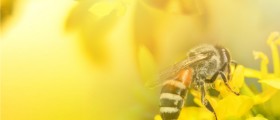
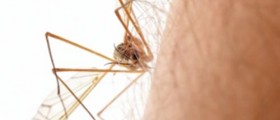
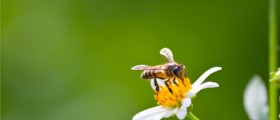
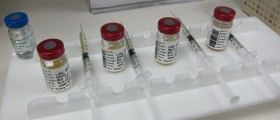
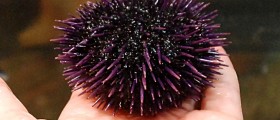
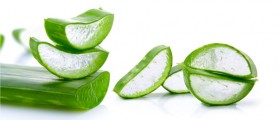
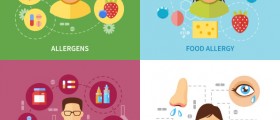
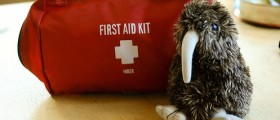
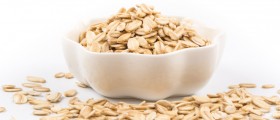
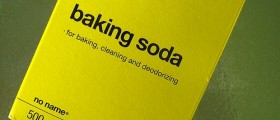
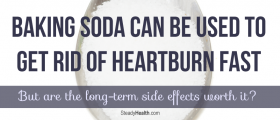

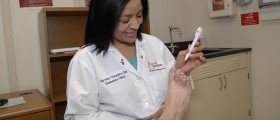

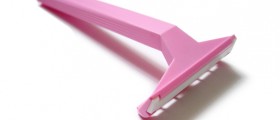
Your thoughts on this
Loading...